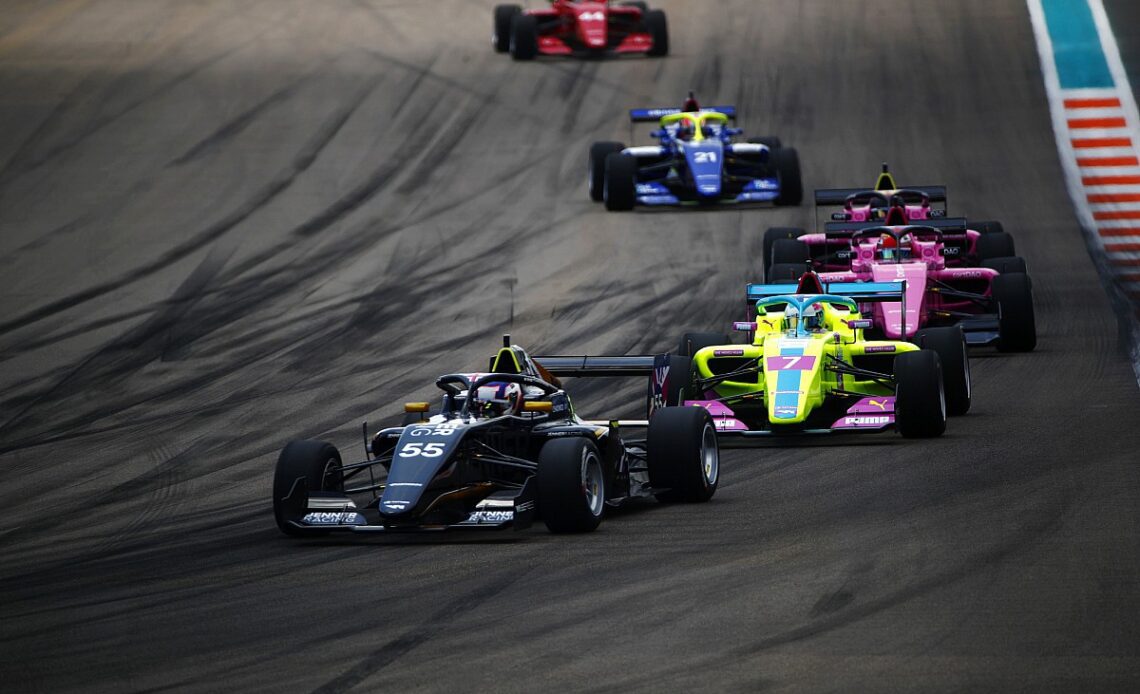Speaking to media at the end of F1’s summer break about a variety of topics, he talked openly about his vision for the path needed to get a woman into motor racing’s top category.
And it was one paragraph of his comments that served to stir up a bit of controversy.
“Realistically speaking, I don’t see – unless there will be something that will be like some sort of meteorite coming into the earth – a girl coming into Formula 1 in the next five years,” he said. “That is very unlikely, I need to be realistic.”
That soundbite may have been the focal point of reaction afterwards, but it did not take into account a wider explanation he had given about the ongoing complexities that still remain for female F1 hopefuls.
Based on the realities of the F1 superlicence points structure – one we now know will not be bent following the Colton Herta situation – and the fact that there are still no female front runners in Formula 3 and Formula 2, Domenicali’s timeframe is not outlandish.
Making headlines
Why Domenicali’s comments caused such a stir, though, is that they seemed to fly in the face of the incredible positive momentum there has been behind women in motorsport over the past few years, especially as W Series has established itself.
Rewind a few years, to before the all-female category was created at the end of 2018, and there was a distinct lack of woman racers and representation in the sport. Those in senior roles were the exception rather than the rule.
Now paddocks around the world, including F1, have a much broader female representation.
W Series itself has also become a success story in terms of establishing itself as a category that fans at home as well as people within the industry pay attention to.
But, rather than feel Domenicali’s comments were an insult to the ambitions of women, W Series founder and CEO Catherine Bond Muir is understanding.
She is fully aware that despite the high targets she has for her category, and her own hopes for W Series star Jamie Chadwick, she was never ignorant of the fact that getting a competitive woman into F1 was always going to be a goal for the longer term.
“I don’t think Stefano and I have ever had a different view on how women progress,” she tells Autosport.
“You need to have that seven and eight year old karter who’s starting now. And they need to start on an equal playing field, have the same amount of money, and have the same amount of time in the kart and in whatever cars…
Click Here to Read the Full Original Article at Autosport.com – Formula 1 – Stories…

